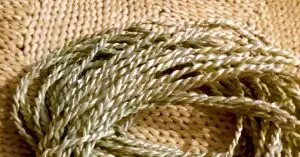
CHamoru/Chamorro Seagrass Fishing Nets
The CHamorus often made their fishing nets out of the vascular bundles of fibers from Lo’u, a common seagrass. This seagrass is frequently called turtle

The CHamorus often made their fishing nets out of the vascular bundles of fibers from Lo’u, a common seagrass. This seagrass is frequently called turtle
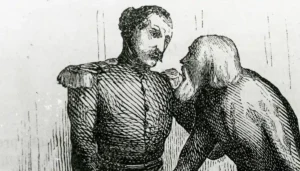
In 1817 Adelbert von Chamisso recorded the CHamoru terms for what he assumed were cardinal directions: Timi (North), Seplun (South), Manuu (East), Faniipan (West). These
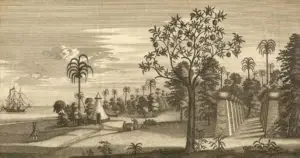
Largest latte house in the Marianas. Found nowhere else in the world, latte first appeared in the Mariana Islands about 800 years ago, during a
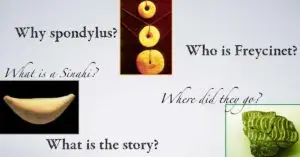
Art and History organizations offered workshop to prepare. In 2016, Guam hosted the Festival of the Pacific Arts, a regional festival showcasing the diversity of

From where do the original inhabitants of the Marianas originate? How long ago did they first settle the islands? What kind of migration pattern describes

On 15 August 1568 the Spanish galleon San Pablo, anchored off the southwest coast of Guam, was hit by a sudden violent storm, blown onto
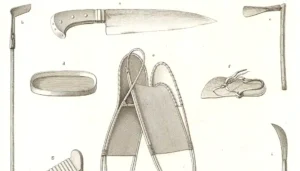
The matao fashioned the iron they acquired from trading with visiting ship crews into traditional tools, including punches, drills, fish hooks and adze blades. The

Between 1565 and 1665, Guam’s southwest coast received sporadic visits from Spanish vessels, including the first wreck of a trade galleon (San Pablo, 1568), as
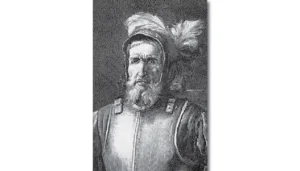
Members of the matao, the highest-ranking strata of Mariana Islands society in the 16th and 17th centuries, carried on the first sustained cultural interaction and
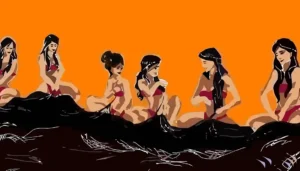
Åntes na tiempo (a long time ago), the ancestors of the modern day CHamorus came to the Marianas, a mighty race of people. They were